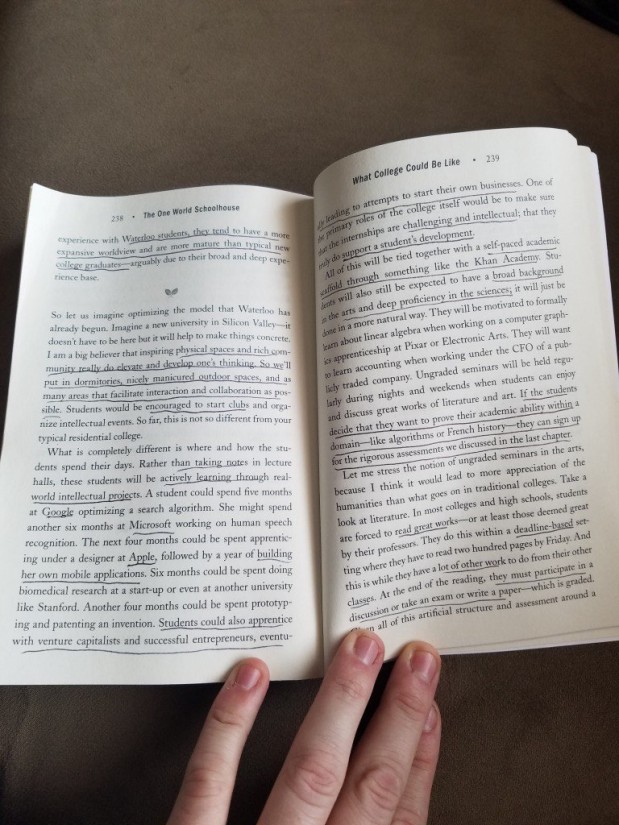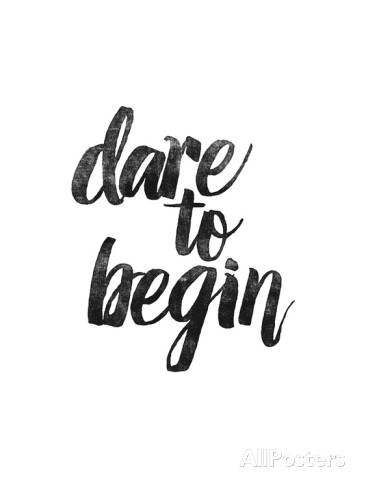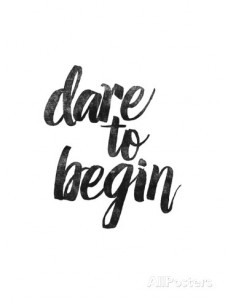Making Time for Creativity
Can creativity be taught? I wish I could answer that question. How can we teach children something if we rarely give them the opportunity to experiment? Salman Khan states how our current education system “rewards passivity and conformity and discourages differentness and fresh thinking,” and I’d have to agree with him. We are a part of this system that is contradictory: we encourage children to express their thinking and creativity, but require them to follow certain guidelines. This is the discouraging state of events, but what can we do about it? In some aspects, we are just as torn as our students. As new teachers, we come into this field with hope of bringing new perspectives and fresh ideas without a clear understanding of how to implement these ideas, many fall by the wayside.
Khan expresses how most of the conventional school day consists of children just sitting, while teachers talk. With such an emphasis on state standards and preparing for standardized tests, we are limiting our ability to teach children things that will bring them value in the real world. Instead our system we often instill fear into our students, the fear of falling behind, the fear of not understanding, and the fear of making mistakes. “Conventional education is not about excellence; it’s about minimizing risk, eliminating downside surprises,” as Khan states, this is a straitjacket of a system. Khan does not disagree with the fact that it takes intelligence and discipline to succeed, but what about originality?
Khan explains how in 2001, the dean of admissions at a well respected university asked a group of students, “What do you daydream about?” One kid told her, “We don’t daydream, There’s no reward for it, so we don’t do it.” After reading this, I thought about our youngest students, our kindergarteners. Their minds are so pure and untouched by our system’s negative thinking and they come into our schools with such imagination and creativity. As they continue in our educational system, we often eliminate choice and therefore stifling their creative expression. Khan words it perfectly. We need to be cautious on how we attempt to “teach” creativity. As teachers, we can either ”chase it away or murder it.” In other words, we do not give our students the opportunity to explore their creativity, therefore we “murder” it.
Our system has an obsession with control and keeping children busy. In a sense, we are scared to give our students the tools to see what they can build. I believe that we have this obsession, because as educators we are afraid to not know what the end result will be, therefore, it will reflect poorly on us. ”If you allow and encourage true creativity, you also have to accept the possibility of failure.” Khan’s response to these failures is “so what? Think what was learned along the way.” We’ve accepted fear and hatred of failure as an education system.
Instead of living in fear, we need honor the effort and the courage that went into these ambitious. As human beings, it is crucial to change our thinking and view failure as an opportunity for learning rather than a “mark of shame.”
So what does Khan’s One World Schoolhouse look like? Khan discusses how he would create a school that would be inclusive and affordable for all families. Students would be able to embrace technology in order to improve deep conceptual understanding. There would also be opportunities where students are given more adult-like responsibilities, therefore, allowing the teacher more time to actually teach, instead of lecturing. By doing so, this would also promote student motivation and engagement, more independences, and more opportunities for students to claim ownership of their education. Khan also discusses the importance of student-led learning, therefore, he would create an environment where self-pacing, peer-to-peer tutoring and self-monitoring would be accepted. Khan’s school would allow creativity to emerge because there would be time for it to happen. Students would be encouraged to aim high, even if the result is falling short. Khan expresses how mistakes would be allowed and encouraged in order to further their growth. There would be no “ticking time” telling students when to stop a particular line of inquiry, which would create more self-motivation. Overall, creativity is something that cannot be taught, however, it is something that we can encourage by providing the opportunity to experiment with whatever keeps us hungry for wanting to learn more. Khan states that as of now, our current education system cannot leave things as they are. We need to implement change and the way he sees things is that where there are problems, there are solutions.







 As I read this chapter, I understood what Sal Khan was saying about how teaching should be more of a collaborative and supportive community. Luckily, I truly believe Kipling exhibits a community of educators that are supportive and there for one another. In this chapter, Sal describes teaching as being one of the loneliest jobs in the world. He said that “there’s no peer support, no one to consult with, no one to ask for help or confirmation (197).” Boy am I happy that this is not how Kipling is. I feel like we are constantly getting support from our team members, our coaches, and other staff members. Many of us take opportunities to teach together and learn from one another. We do an AMAZING job at asking for help and guidance, and truthfully I feel like teaching is a team sport at our school. I know that in some schools this is not the norm, but I definitely think that the staff at Kipling take opportunities to work together and collaborate, in order to grow and learn from one another.
As I read this chapter, I understood what Sal Khan was saying about how teaching should be more of a collaborative and supportive community. Luckily, I truly believe Kipling exhibits a community of educators that are supportive and there for one another. In this chapter, Sal describes teaching as being one of the loneliest jobs in the world. He said that “there’s no peer support, no one to consult with, no one to ask for help or confirmation (197).” Boy am I happy that this is not how Kipling is. I feel like we are constantly getting support from our team members, our coaches, and other staff members. Many of us take opportunities to teach together and learn from one another. We do an AMAZING job at asking for help and guidance, and truthfully I feel like teaching is a team sport at our school. I know that in some schools this is not the norm, but I definitely think that the staff at Kipling take opportunities to work together and collaborate, in order to grow and learn from one another.